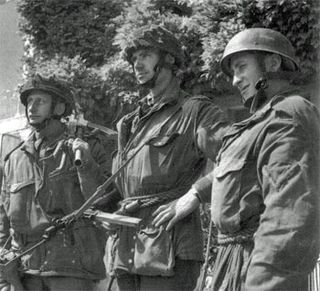
The 6th Airborne Division was an airborne infantry division of the British Army during the Second World War. Despite its name, the 6th was actually the second of two airborne divisions raised by the British Army during the war, the other being the 1st Airborne Division. The 6th Airborne Division was formed in the Second World War, in mid-1943, and was commanded by Major-General Richard N. Gale. The division consisted of the 3rd and 5th Parachute Brigades along with the 6th Airlanding Brigade and supporting units.

1st Army Group Royal Artillery was a brigade-sized formation organised by Britain's Royal Artillery during World War II to command medium and heavy guns. It served in the final stages of the Tunisian Campaign and throughout the Italian Campaign. It reformed in the Territorial Army in the 1950s to command air defence units.
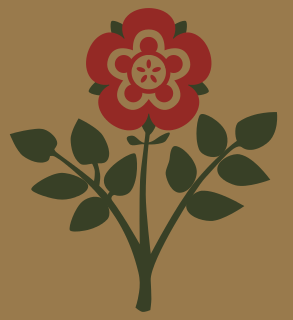
The 55th Infantry Division was an infantry division of the British Army's Territorial Army (TA) that was formed in 1920 and existed through the Second World War, although it did not see combat. The division had originally been raised in 1908 as the West Lancashire Division, part of the British Army's Territorial Force (TF). It fought in the First World War, as the 55th Division, and demobilised following the fighting. In 1920, the 55th Division started to reform. It was stationed in the county of Lancashire throughout the 1920s and 1930s, and was under-funded and under-staffed. In the late 1930s, the division was reduced from three to two infantry brigades and gave up some artillery and other support units to become a motorised formation, the 55th Motor Division. This was part of a British Army doctrine change that was intended to increase battlefield mobility.

The 70th Infantry Division was an infantry division of the British Army that fought during the Western Desert Campaign of the Second World War. What would become the 70th Division originated with the 7th Infantry Division, which was formed in 1938 to serve in the British Mandate of Palestine during the Arab Revolt. This division then transferred to Egypt on the outbreak of the Second World War and soon became the 6th Infantry Division, which went on to take part in the Battle of Crete and the Syria–Lebanon Campaign. On 10 October 1941, the 6th Division was re-created as the 70th Infantry Division, in an attempt to deceive Axis intelligence concerning the strength of British forces in the Middle East.

The 78th Infantry Division, also known as the Battleaxe Division, was an infantry division of the British Army, raised during the Second World War that fought, with great distinction, in Tunisia, Sicily and Italy from late 1942–1945.
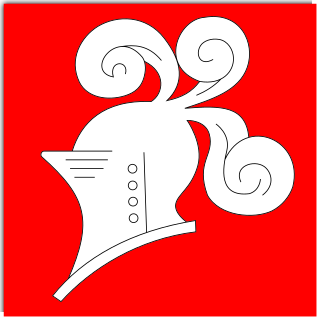
The 2nd Armoured Division was a division of the British Army that was active during the early stages of the Second World War. The division's creation had been discussed since the beginning of 1939, with the intent to form it by splitting the 1st Armoured Division. A lack of tanks delayed this until December 1939. For a short period after its creation, the division had no assigned units until the 1st Light Armoured Brigade was assigned to it from the 1st Armoured Division, and the 22nd Heavy Armoured Brigade from Southern Command.

The 8th Armoured Division was an armoured division of the British Army during the Second World War. It was deployed to Egypt in June 1942 but never operated as a complete formation and was disbanded in January the following year.

The 76th Infantry Division was an infantry division of the British Army, which was formed in November 1941 and served during the Second World War. It was created when the Norfolk County Division, initially raised in 1940 to defend the Norfolk coast from a potential German invasion, was redesignated. The division maintained the defensive duties that had been assigned to it, prior to it being renamed, until late 1942 when it became a training formation. It was then responsible for providing final tactical and field training to soldiers who had already passed their initial training. After five additional weeks of training, the soldiers were posted to fighting formations overseas. The formation was used as a source of reinforcements for the 21st Army Group, that was fighting in the Normandy campaign. After all available British troops had left the United Kingdom for France, the division was disbanded in September 1944.

The 77th Infantry Division of the British Army was formed in 1941, during the Second World War, from the re-organisation of the Devon and Cornwall County Division. During its existence the division changed roles several times. The division's initial role was coastal defence, protecting Devon. On 20 December 1942, it was converted into a training formation, known as a reserve division. In this capacity, the division provided final tactical and field training for the infantry that had already passed their initial training. After five additional weeks of training, the soldiers would be posted to fighting formations overseas. The division also had a tank brigade attached to provide training in armoured warfare.
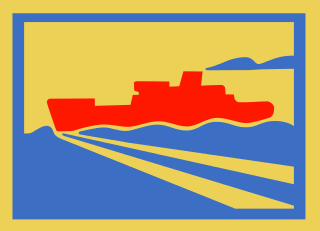
The 80th Infantry (Reserve) Division was an infantry division of the British Army formed at the beginning of 1943, during the Second World War. For the twenty months that the division existed, it was a training formation. It was made responsible for providing final tactical and field training to soldiers who had already passed their initial training. After five additional weeks of training, the soldiers would be posted to fighting formations overseas. Notably, the division was used as a source of reinforcements for the 21st Army Group, which was fighting in Normandy. After all available troops left the United Kingdom for France, the division was disbanded.
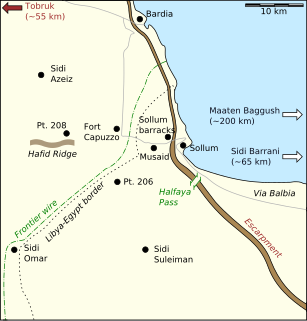
Operation Skorpion from 26 to 27 May 1941, was a military operation during the Western Desert Campaign of the Second World War. The operation was conducted by Axis forces under the command of Colonel Maximilian von Herff and British forces under Lieutenant-General William "Strafer" Gott. A counter-attack was made on British positions at Halfaya Pass in north-western Egypt, which had been captured during Operation Brevity (15–16 May).Unternehmen Skorpion was the second offensive operation commanded by Rommel in Africa.

The Middlesex Yeomanry was a volunteer cavalry regiment of the British Army originally raised in 1797. It saw mounted and dismounted action in the Second Boer War and in World War I at Gallipoli, Salonika and in Palestine, where one of its officers won a Victoria Cross at the Battle of Buqqar Ridge and the regiment rode into Damascus with 'Lawrence of Arabia'. Between the world wars the regiment was converted to the signals role and it provided communications for armoured formations in World War II, including service in minor operations in Iraq, Palestine, Syria and Iran, as well as the Western Desert, Italian and North-West European campaigns. It continued in the postwar Territorial Army and its lineage is maintained today by 31 Signal Squadron, Royal Corps of Signals, which forms part of the Army Reserve.

The Manx Regiment – the 15th Light Anti Aircraft Regiment, Royal Artillery – was raised in 1938 as a Territorial Army (TA) unit of the British Army. It recruited on the Isle of Man and formed part of Anti-Aircraft Command at the outbreak of World War II. The regiment was posted to the Middle East in November 1940, serving in the Western Desert, East Africa and Crete. In August 1942 it became the air defence regiment for the 7th Armoured Division. It served with the division through the North African, Italian and North West European campaigns. It was reformed in the postwar TA as 515 Light Anti-Aircraft Regiment before being reduced to a staff troop in 42nd (Lancashire) Division in 1955.
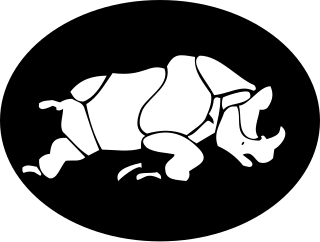
The 1st Armoured Division was an armoured division of the British Army. The division was formed as the Mobile Division on 24 November 1937, after several years of debate on such a formation. It was then renamed, in April 1939, as the 1st Armoured Division. Following the start of the Second World War, subordinate units and formations were withdrawn from the division to reinforce others. It was eventually deployed for combat, in May 1940, when it was dispatched to France and subsequently fought in the Battle of France before being withdrawn back to the UK in June during Operation Aerial. In late 1941, the division was sent to North Africa where it took part in the Western Desert campaign, notably fighting at the Battle of Gazala, and the First and the Second Battles of El Alamein. During 1942, Major-General Herbert Lumsden was wounded in action twice while leading the division, and Major-General Alexander Gatehouse was wounded once.



























